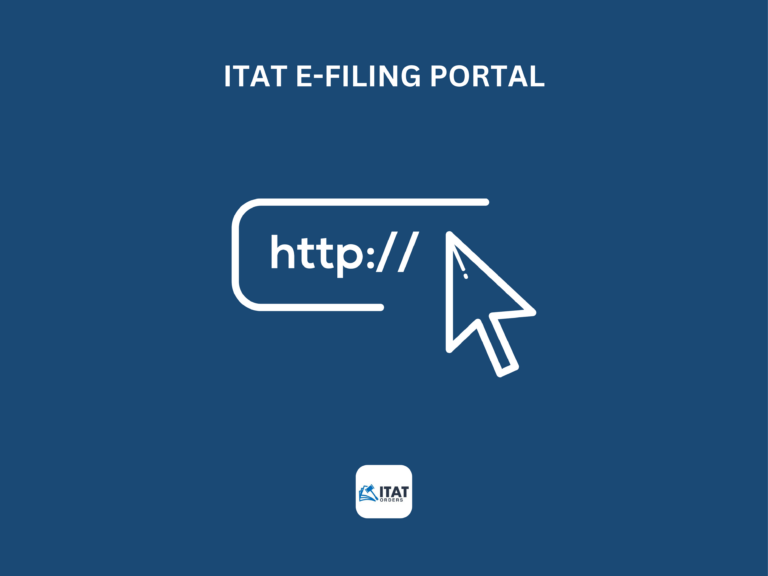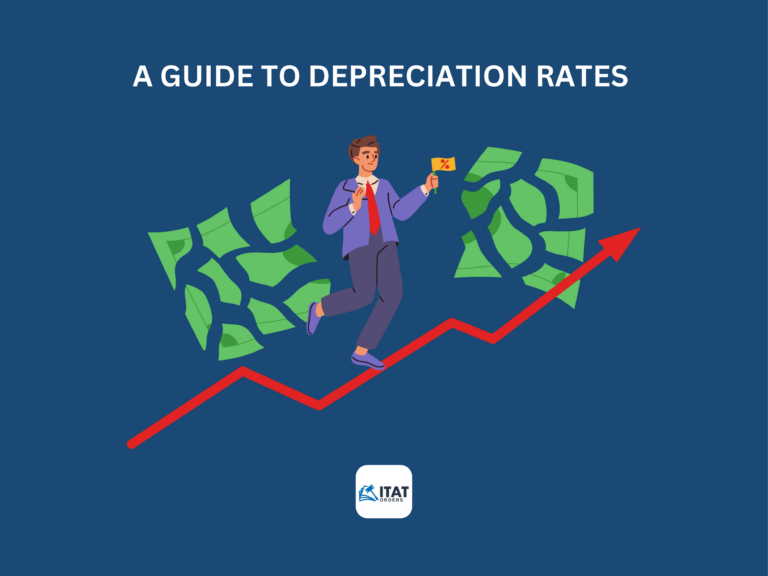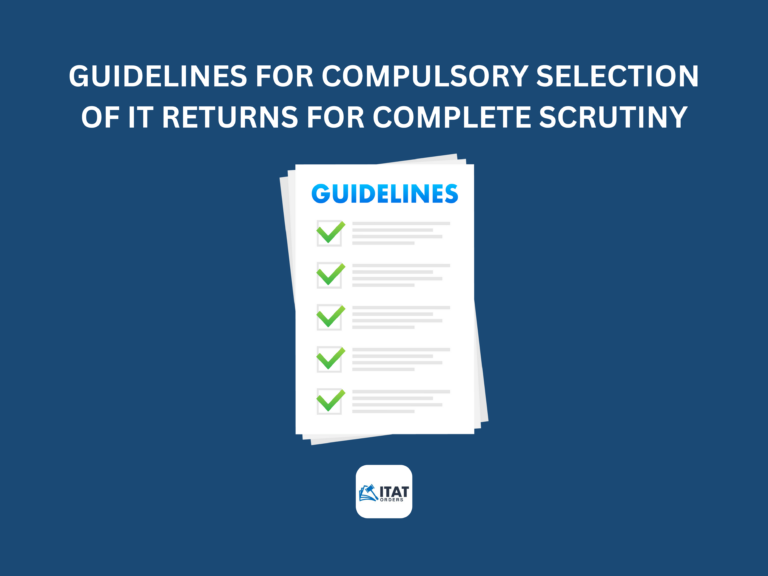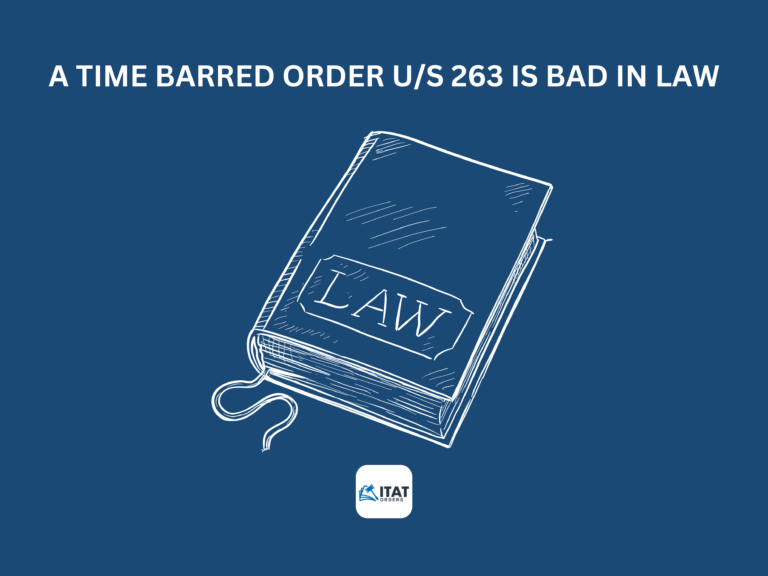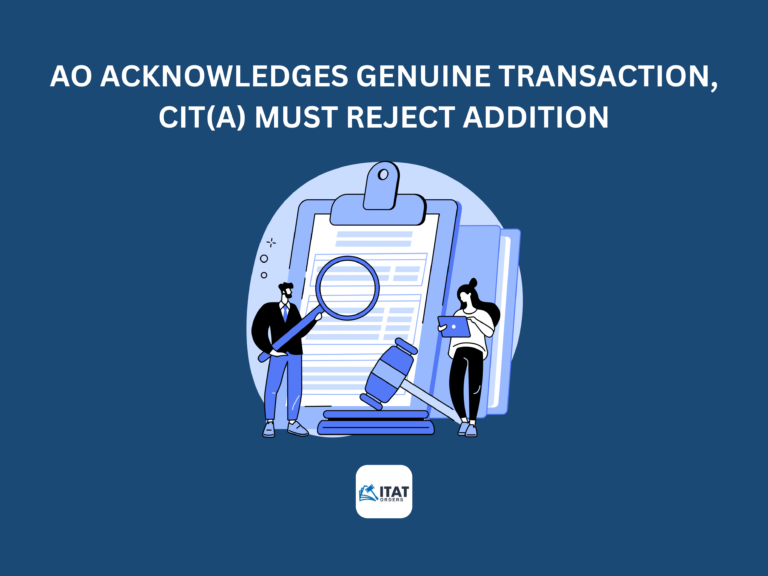| 1 | Plant and machinery excluding those covered by sub-items (2), (3), and (8) below | 15.00% |
| 2 | Motor cars, excluding those used in a business of running them on hire, procured or put to use on or after April 1, 1990 | 15.00% |
| 3(i) | Aeroplanes, Aero Engines | 40.00% |
| 3(ii) | Motor taxis, motor buses and motor lorries used in a business of running them on hire | 30.00% |
| 3(iii) | A commercial vehicle which is procured by the assessee on or after October 1, 1998, but before April 1, 1999, and is used for any period of time prior to April 1, 1999, for the purpose of profession or business in agreement with the third proviso to clause (ii) of sub-section (1) of section 32 | 40.00% |
| 3(iv) | New commercial vehicle procured on or after October 1, 1998, but prior to April 1, 1999, in replacement of condemned vehicle of more than 15 years of age and is used for any period of time prior to April 1, 1999, for the purpose of profession or business in agreement with the third proviso to clause (ii) of sub-section (1) of section 32 | 60.00% |
| 3(v) | New commercial vehicle procured on or after April 1, 1999, but before April 1, 2000, in replacement of condemned vehicle of more than 15 years of age and is put to use prior to April 1, 2000, for the purposes of profession or business in agreement with the second proviso to clause (ii) of sub-section (1) of section 32 | 60.00% |
| 3(vi) | New commercial vehicle procured on or after April 1, 2001, but before April 1, 2002, and is put to use before April 1, 2002, for the purpose of profession or business | 50.00% |
| 3(vii) | Molds used in plastic and rubber goods factories | 30.00% |
| 3(viii) | Air pollution control equipmentFeltfilter systemElectrostatic precipitation systemsScrubbercounter current / packedbed / venture / cyclonic scrubbersDust collector systemsEvacuation system and ash handling system | 100.00% |
| 3(ix) | Water pollution control equipmentAerated detritus chambers (including air compressor)Mechanical screen systemsMechanically skimmed grease and oil removal systemsFlash mixing equipment and chemical feed systemsMechanical reactors and mechanical flocculatorsMechanically aerated activated sludge / diffused air systemsBiofiltersAerated lagoon systemsAir floatation systemsMethanerecovery anaerobic digester systemsSteam/air stripping systemsMarine outfall systemsUrea Hydrolysis systemsActivated carbon columnBiodisc or rotating biological contractorMarine outfall systemsIon exchange resin columnCentrifuge for dewatering sludge | 30.00% |
| 3(x) | (a) Solid waste, control equipment Cryolite / mineral / lime / caustic / chrome recovery system (b) Resource recovery and solid waste recycling systems | 100.00% |
| 3(xi) | Plant and machinery used in semi-conductor industry covering all integrated circuits (ICs) (not including hybrid integrated circuits) ranging from small scale integration (SSI) to large scale integration / very large scale integration (LSI/VLSI) as also discrete semiconductor devices like diodes, triacs, thyristors, transistors, etc., except those covered by entries (viii), (ix), (x) of this sub-item and sub-item (8) below | 30.00% |
| 3(xi)a | Life Saving medical equipmentD.C Defibrillators for pacemakers and internal useColour DopplerHaemodialysisCobalt therapy unitVascular Angiography System including Digital subtraction AngiographyHeart lung machineSpect Gamma CameraMagnetic Resonance Imaging SystemVentilator used with anaesthesia apparatusVentilator except those used with anaesthesiaSurgical laserGamma knifeFibreoptic endoscopes including audit resectoscope/paediatric resectoscope, arthoscope, peritoneoscopes, fibreoptic flexible nasal pharyngo, microaryngoscope, video laryngo, fiberoptic flexible laryngo bronchoscope.Bronchoscope, video oescophago gastroscope, video oescopghago bronchoscope, fibreoptic flexible oesophago gastroscope | 40.00% |
| 4 | Containers made of plastic or glass used as refills | 50.00% |
| 5 | Computers including computer software | 60.00% |
| 6 | Plant and machinery, used in processing, weaving and garment sector of textile industry, which is bought under TUFS on or after April 1, 2001, but prior to April 1, 2004, and is put to use prior to April 1, 2004 | 50.00% |
| 7 | Plant and machinery procured and installed on or after September 1, 2002, in a water treatment system or a water supply project and put to use for the purpose of the business of providing infrastructure facility under clause (i) of sub-section (4) of section 80-IA | 100.00% |
| 8 | 1. Wooden parts used in artificial silk manufacturing machinery | 100.00% |
| 2. Match factories, wooden match frames | |
| 3. Cinematograph films, bulbs of studio lights | 100.00% |
| 4. Saltworks, condensers, reservoirs, salt pans, etc., made of clayey, sandy, or earthy material, or any other similar material | 100.00% |
| 5. Quarries and mines | 100.00% |
| Sand stowing pipes, winding ropes, tubs, and haulage ropes | |
| Safety lamps | |
| 6. Flour mills, rollers | |
| 7. Sugar works, rollers | 80.00% |
| 8. Steel and iron industry, rolling mill rolls | 80.00% |
| 9. Energy saving devices | 80.00% |
| (A) Furnaces and specialised boilers | |
| (i) Fluidized bed boilers / ignifluid | 80.00% |
| (ii) Continuous pusher type furnaces and flameless furnaces | |
| (iii) High efficiency boilers | |
| (iv) Fluidized bed type heat treatment | |
| (B) Instrumentation and monitoring system for monitoring energy flows | 80.00% |
| (i) Digital heat loss meters | |
| (ii) Automatic electrical load monitoring systems | |
| (iii) Infrared thermography | |
| (iv) Microprocessor based control systems | |
| (v) Meters for measuring heat losses, steam flow, furnace oil flow, power factor and electric energy meters | |
| (vi) Exhaust gas analysers | |
| (vii) Maximum demand indicator and clamp on power meters | |
| (viii) Fuel oil pump test bench | |
| (C) Waste heat recovery equipment | 80.00% |
| (i) Air pre-heaters and recuperators | |
| (ii) Feed water heaters and economisers | |
| (iii) Thermal energy wheel for low and high temperature heat recovery | |
| (iv) Heat pumps | |
| (D) Co-generation systems | 80.00% |
| (i) Controlled extraction, back pressure pass out, extraction cum condensing turbines for cogeneration along with pressure boilers | |
| (ii) Organic rankine cycle power systems | |
| (iii) Vapour absorption refrigeration systems | |
| (iv) Low inlet pressure small steam turbines | |
| (E) Electrical equipment | 80.00% |
| (i) Synchronous condenser systems and shunt capacitors | |
| (ii) Relays (automatic power cut off devices) | |
| (iii) Power factor controller for AC motors | |
| (iv) Automatic voltage controller | |
| (v) Solid state devices for controlling motor speeds | |
| (vi) FACT (Flexible AC Transmission) devices, Thyristor controlled series compensation equipment | |
| (vii) Thermally energy-efficient stenters | |
| (viii) Series compensation equipment | |
| (ix) TOD (Time of Day) energy meters | |
| (x) Intelligent electronic devices/remote terminal units, computer software/hardware, bridges/router, other required equipment and associated communication systems for data acquisition systems and supervisory control, distribution management systems and energy management systems for power transmission systems | |
| (xi) Special energy meters for ABT (Availability Based Tariff) | |
| (F) Burners | 80.00% |
| (i) Zero to ten per cent excess air burners | |
| (ii) Burners using air with high preheat temperature (above 300 degrees Celsius) | |
| (iii) Emulsion burners | |
| (G) Other equipment | 80.00% |
| (i) Mechanical vapour recompressors | |
| (ii) Wet air oxidation equipment for recovery of heat and chemicals | |
| (iii) Automatic microprocessor based load demand controllers | |
| (iv) Thin film evaporators | |
| (v) Fluid couplings and fluid drives | |
| (vi) Coal based producer gas plants | |
| (vii) Super-charges/turbo charges | |
| (viii) Sealed radiation sources for radiation processing plants | |
| 10. Gas cylinders including regulators and valves | 60.00% |
| 11. Glass manufacturing concerns, Direct fire glass melting furnaces | 60.00% |
| 12. Mineral oil concerns | 60.00% |
| (i) Plant used in field operations (above ground) distribution, returnable packages | |
| (ii) Plant used in field operations (below ground), but not including kerbside pumps including fittings and tanks used in field operations (distribution) by mineral oil concerns | |
| 13. Renewable energy devices | 60.00% |
| (i) Pipe type and concentrating solar collectors | |
| (ii) Flat plate solar collectors | |
| (iii) Solar cookers | |
| (iv) Air/fluid/gas heating systems | |
| (v) Solar water heaters and systems | |
| (vi) Solar crop drivers and systems | |
| (vii) Solar steels and desalination systems | |
| (viii) Solar refrigeration, air conditioning systems and cold storages | |
| (ix) Solar pumps based on solar-photovoltaic and solar-thermal conversion | |
| (x) Solar power generating systems | |
| (xi) Solar-photovoltaic panels and modules for water pumping and other applications | |
| 14. Wind mills and any other specially designed devices that operate on wind mills (installed on or after April 1, 2014) | 80.00% |
| 15. Any special devices including electric pumps and generators operating on wind energy (installed on or after April 1, 2014) | 80.00% |
| 16. Books owned by assessees carrying on a profession | |
| (i) Books, being annual publications | 100.00% |
| (ii) Books, excluding those covered by entry (i) above | 60.00% |
| (iii) Books owned by assessees carrying on business in running lending libraries | 100.00% |
